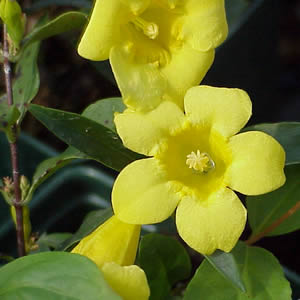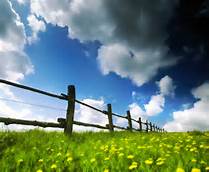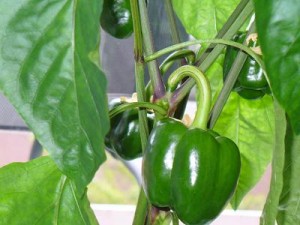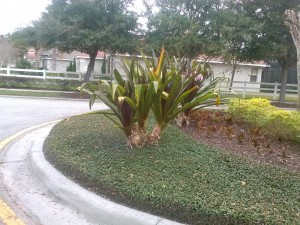Spring can be elusive, especially in Florida where the sun is shining, birds are singing and plants are blooming, while snow is falling in record numbers once again, in the north. So, when and how do we determine if Spring is here? When can we start our spring cleaning of our landscape and gardens? Well, I would say that the time is now, and I will tell you why I think that and what I look for.
Firstly, I look for blooms on Day Lily and Carolina Yellow Jasmine. Day Lily are mostly an "iffy" plant for Tampa, but when planted in their perfect place, they are one of the earliest bloomers, and can provide a welcome display of fabulous colors, for those weary of gray days, typical of Florida winters. Not to be outdone, Carolina Yellow Jasmine is another one of those plants that welcome in the spring, with small yet fragrant flowers that can surprise you with it's deceptively small "rest of the year" presence, both with it's mass of flowers and it's subtle perfume scent that carries through the dense evening nights. It's a true "wallflower", until Spring. While many plants will bloom throughout a mild winter, these two plants are a true harbinger of Spring.
Secondly, I watch the trees, particularly the large hardwood shade trees. While some large trees like Sycamore and Maple drop their leaves early, Oaks take a little longer. With that said, Live Oaks seem to be the most stubborn, waiting to the very last minute to drop the rest of their leaves, even to the point that Maples have already seeded and begun new leaf growth. With the Oak's last leaf drop, they will soon seed (called catkins), and drop them within weeks, which can create as much of a mess as the leaf drop itself.
Lastly, I watch the moon phases and trust my instinct, after 25 years of experience. Old timers say that there will be no frost after the full moon in February, and I would say that prediction has held true 90% of the time. Of course, it's the other 10% of the time that is the concern.
Today, I see Carolina Yellow Jasmine blooming, and Day Lily with buds. The Maples have seeded already, and are putting on new leaves. The Oaks have dropped most of their leaves, and some are even flushing with new leaves. The majority of Live Oaks, though, have not seeded and dropped their catkins, but I do believe that will happen soon, and it will be a small production yield this year, not near as bad as last year.
With that, Spring is very near, and it is time to make your plans. To get the full benefit of what a Spring garden can bring to your home, now is the time to prepare to take action, with regards to Spring cleaning of your landscape, seasonal plantings, new plantings, vegetable and herb gardening, as well as fertilizing and pest control.
In the next few days, I will post a guide as to what to do and how to get started.....Don't let Spring pass you by, with all of it's glorious wonder. Let's get growing, Folks!
Donell





